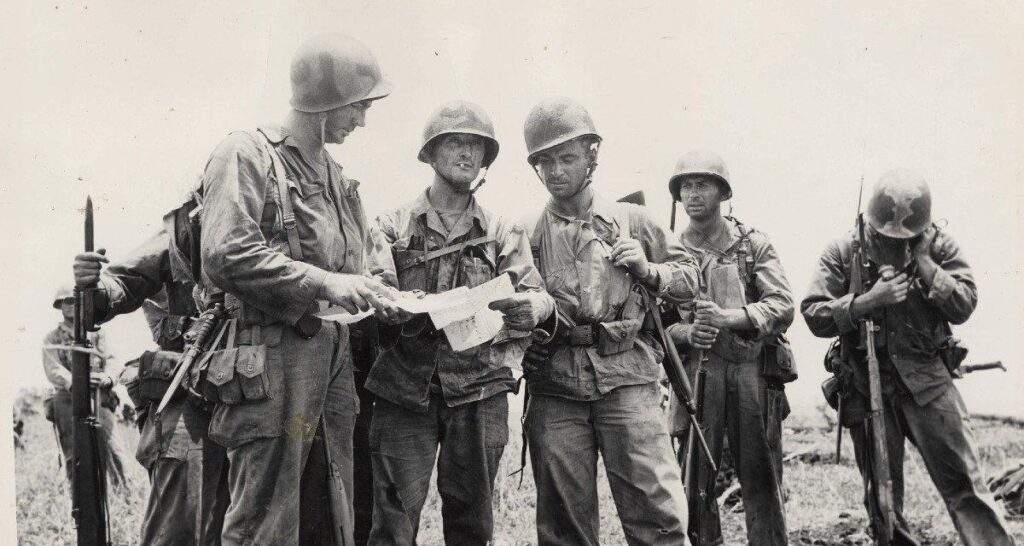
During World War II, the United States Sixth Army played a pivotal role in the Pacific Theater, particularly in the campaigns to isolate and neutralise Japanese strongholds. Initially activated in Brisbane- headquartered in Camp Columbia – in January 1943 under the command of Lieutenant General Walter Krueger, the Sixth Army, known as “Alamo Force,” spearheaded Operation Cartwheel, aimed at Rabaul in New Britain.
Operating under the code name “Alamo Force,” the Sixth Army coordinated the majority of US Army units involved in Operation Cartwheel. This campaign saw success, leading to the Sixth Army joining forces with the Australian Army and other US forces on the north coast of New Guinea. Similar in strategy to the island-hopping operations in the central Pacific, the Sixth Army’s objective was to establish garrisons and airfields to support subsequent strikes, then move forward.
The Sixth Army’s operations extended to the Philippines, where it played a critical role in the invasions of Leyte and Luzon. In October 1944, under the command of X Corps and XXIV Corps, the Sixth Army invaded Leyte. By December of that year, Leyte was secured, and the Sixth Army was relieved by the Eighth Army in preparation for the invasion of Luzon.
The invasion of Luzon commenced in January 1945, with I and XIV Corps spearheading the assault. Sixth Army units pushed southward, linking up with Eighth Army forces advancing from Manila. The campaign continued until the end of the war, with Sixth Army clearing the northern regions of Luzon and engaging the Shimbu Group in the Sierra Madres.
Originally slated to provide ground forces for the invasion of Japan, the Sixth Army’s mission shifted when Japan surrendered in August 1945. Instead, it transitioned to occupation duties in Japan, establishing itself on Honshu in September 1945.
The Sixth Army in Brisbane

The arrival of American forces in Brisbane marked a significant moment in Australia’s involvement in World War II. On December 22, 1941, the first Americans landed in Brisbane, and by mid-1943, the number of US troops in Australia had swelled to around 150,000. This influx of troops brought about profound changes in Brisbane and its surrounding areas.
With the largest concentrations of American troops near Brisbane, Rockhampton, and Townsville in Queensland, the impact on these regions was immense. Brisbane, in particular, transformed into a bustling hub of military activity. The city saw the establishment of numerous military bases, supply depots, and hospitals to support the American presence.
The influx of American troops brought not only military resources but also economic benefits to the region. The presence of thousands of servicemen created a demand for goods and services, leading to economic growth and prosperity in Brisbane and its surrounding areas.
Beyond the economic impact, the arrival of American forces fostered cultural exchanges between Australians and Americans. The interaction between the two nations’ troops led to the sharing of traditions, languages, and social customs, enriching the cultural landscape of both countries.
Brisbane’s role as a staging ground for American military operations in the Pacific Theater cemented its place in history as a crucial strategic location during World War II. The legacy of this period lives on in the city’s military heritage and the enduring bonds forged between Australia and the United States.
